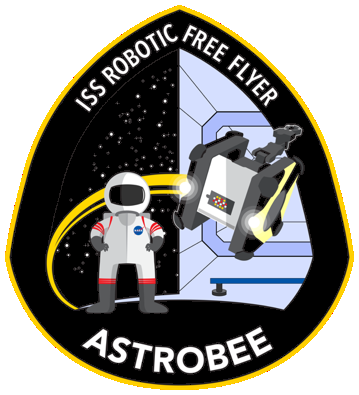 |
NASA Astrobee Robot Software
0.19.1
Flight software for the Astrobee robots operating inside the International Space Station.
|
 |
NASA Astrobee Robot Software
0.19.1
Flight software for the Astrobee robots operating inside the International Space Station.
|
Ubuntu 20.04 is currently the only supported platform.
Here are the currently available host OS options with development roadmap details (use 64-bit PC (AMD64) desktop image):
Specifically not supported:
Graphical interfaces will perform best if your host OS is running natively (not in a virtual machine).
Your host OS must have an X11 server installed if you want to use graphical applications, even if you are developing inside a Docker container (the X11 application running inside the container will forward its interface to the host's X11 server). X11 comes with Ubuntu Desktop by default.
If you plan to develop inside Docker, see this page on using ROS with Docker for more details.
For users installing Astrobee on a Virtual Machine with the intent on running simulations: VMWare and VirtualBox have been both tested to work well; Allocate an appropriate amount of RAM, number of processors and video memory given your total computer capabilities; If graphics acceleration is available on the settings, turn it on. For reference (not required), an example of a setup capable of running the simulation smoothly has 8GB RAM, 4 Processors and 128MB Video memory.
Note: You will need 4 GBs of RAM to compile the software. If you don't have that much RAM available, please use swap space.
Note: Please ensure you install the 64-bit PC (AMD64) version of Ubuntu (desktop for simulation and development). We do not support running Astrobee Robot Software on 32-bit systems.
There is also experimental support for using the Visual Studio Code Dev Containers plugin to access an integrated development environment running inside the Docker container!
For much more discussion, see: install-docker
The native installation instructions below walk you through manually running the same steps that are fully automated in a Docker installation.
Starting from version 0.18.0, our project uses exclusively OpenCV 4. If you have an earlier version of Astrobee natively build, please follow the steps below to uninstall the previous debians:
dpkg -r astrobee0 dpkg -r libalvar2 dpkg -r libopenmvg1 dpkg -r libdbow21 dpkg -r libdbowdlib1 dpkg -r libopencv3.3.1
once this is done, please follow the external developer install instructions install-nonNASA:
pushd $ASTROBEE_WS cd src/scripts/setup/debians sudo apt-get update ./build_install_debians.sh cd ../ ./install_desktop_packages.sh popd